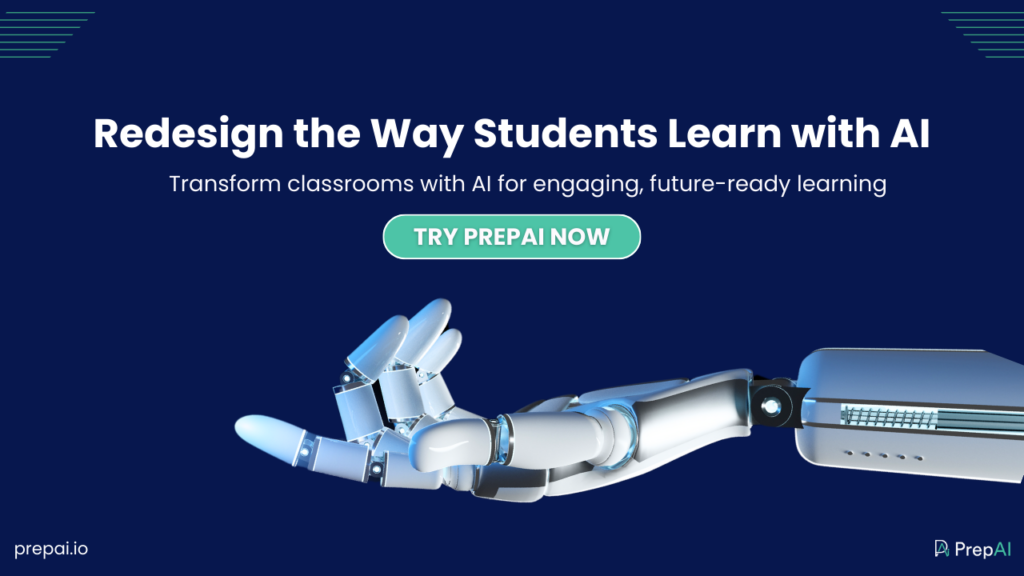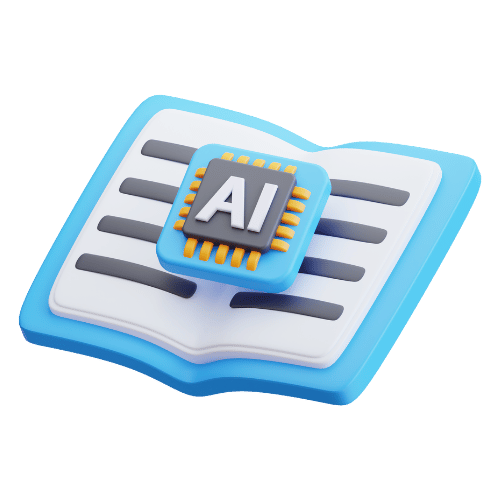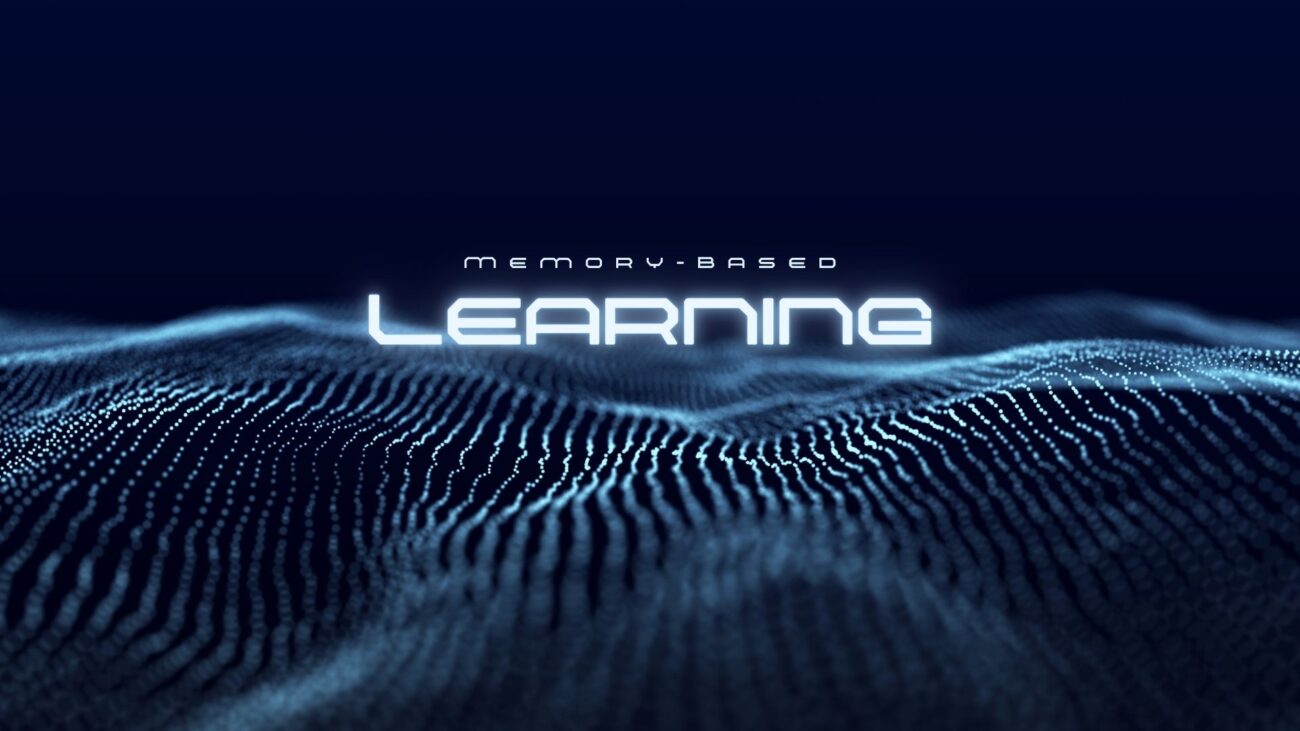Artificial intelligence can redesign the learning models to promote metacognition. Here, we’ll discuss how AI helps educators to guide students to go beyond memory-based learning and enhance their cognitive skills.
African countries are increasingly showing interest in adopting AI in education. While there are still issues with internet access, technology, and the cost of these solutions, schools are doing their best to offer improved learning opportunities for students. There’s hope that AI can help bridge the quality gap in education over time.
On the other side, there’s a risk of erasing local indigenous culture, values, and systems by relying on AI-generated content or curriculum, especially since most of the AI technology is based on the Western model. It highlights the need for local involvement in ensuring that the AI-based curriculum is aligned with indigenous practices.
The African EdTech ecosystem is actively working on finding comprehensive solutions to these challenges. Meanwhile, educators are focused on helping students use AI the right way and benefit from it. One of the main advantages of AI is that it can nudge schools to go beyond memory-based learning. This can empower the African youth to stay connected to their indigenous roots and use advanced technologies for education.
Metacognition with AI Adoption
Metacognition is the ability to think for oneself. It is about creating awareness in students about their strengths, weaknesses, perspectives, thought processes, etc., so that they can track their learning and improve themselves. The idea here is to take classrooms beyond rote learning, where students are expected to simply parrot the lessons and reproduce them later during the exams.
While memory and retention power are necessary, it is even more important for students to understand what they learn and then retain the concept. Educators can use artificial intelligence in classrooms to personalize lessons, study material, assessments, etc., to promote metacognition in students and shape them into competent young adults. This is done through active learning, where students have to engage with content material.
For example, AI tools for educators like PrepAI, MagicSchool AI, and Khanmigo can be used to create interactive learning content. Instead of sitting and listening to the lessons, students can become a part of the process by attempting quizzes, discussing the key points with teachers, and using multimedia content or local examples to correctly understand the concepts.

Using AI Quiz Generator for Cognitive Assessments
Assessments are a vital part of education and are usually developed based on memory-based learning. This doesn’t allow educators to accurately measure the skills and abilities of students since the focus is limited to how well someone can remember the content and reproduce it during an exam.
Today’s powerful AI question answer generator tools go beyond such assessments and create interactive tests that evaluate the higher-order thinking skills (HOTS) of students. Moreover, they help educators provide data-driven feedback to students to help them become more self-aware.
Let’s take the example of the PrepAI AI quiz generator. It is an NLP-based (natural language processing) assessment tool supported by Bloom’s Taxonomy framework. Using PrepAI, teachers can revamp the assessment model and take learning beyond the memory-based model. Educators can design multi-layered assessments where critical thinking skills are a priority over rote learning. Students have to answer the questions by understanding the content, context, and requirements. Instead of measuring whether the answers are ‘right’ or ‘wrong’, the assessments shine light on the comprehension abilities, analytical skills, and creative talent of the students.
Educators can modernize assessments with question answer generator tools to include different question types in the same test and add multimedia content, like images, audio files, video snippets, charts, tables, diagrams, etc. The visual element makes the quizzes more engaging and encourages students to think carefully before answering a question. Educators can guide students to expand and strengthen their cognitive abilities by thinking differently. Instead of forcing students to write the same answers to the questions and expecting them to parrot the lessons, educators can design assessments with open-ended questions that showcase the thinking skills of students.
Furthermore, AI-powered learning can take lessons beyond what’s in the syllabus or the study material. Students, when engaged in classes, will want to know more about the topic and spend extra time searching for additional information in books or on the internet. AI tools help teachers push beyond the scope of the syllabus and give wings to students to learn as much as they want to.
AI for Visualization and Virtual Experiences
Memory-based learning can be switched to personalized learning with AI visualization tools. In fact, visual-aided learning has always been an effective way to help students learn faster and retain knowledge for a longer time. That’s why kindergarten schools have colourful toys used for basic alphabet and numerical learning. The same concept is expanded across all levels of education using AI, AR (augmented reality), and VR (virtual reality) technologies.
A question generator from text can provide support to include visual content in quizzes and assessments. This ensures that visual-aided learning becomes integral to education and is not limited to lessons but is also a part of evaluation.
If AR and VR devices are above the budget limitations, educators can use AI image and video generator tools to create visual content for classroom lessons. They can give similar assignments to students to convert a text-based story or a topic into an image-based presentation and discuss it during the next class. This allows teachers to measure how well the students have understood the lessons and whether or not they can use their skills to present the knowledge in different formats.
Students Using AI for Brainstorming and Analysis
AI is not limited to educators. In fact, students are actively using AI tools for just about everything. While this has its advantages, overdependence on AI can have the opposite impact and reduce the cognitive abilities of students. It can affect their memory power too. Educators can prevent this from happening by moving on from memory-based learning to interactive and discussion-based learning.
For example, teachers can ask students to gather information about a topic using a specific AI tool like ChatGPT. Then, in the classroom, each student shares the input they provided and the answers they got from the chatbot. This information can be further analysed to determine how much of the content is accurate, how the responses changed based on the queries, what the students think about the responses, what the AI tool missed, and so on. This is particularly helpful in the current African scenario to continue teaching indigenous processes in the classrooms while using AI for learning.
Similarly, teachers can encourage students to use quiz generator tools to practice for final exams and attempt more mock tests to improve their performance.

To Sum Up
AI can be used in various ways by educators to promote interactive learning rather than memory-based learning in schools. From quiz AI tools to image generators, various tools can be integrated with daily classes to create a comprehensive and multi-dimensional classroom learning methodology.
Get help from EdTech companies to implement the right AI solutions in educational institutions and redesign learning experiences.
Are you already using quiz generator tools in classrooms? Help more teachers adopt this useful solution in their schools and earn a commission by working with us!



